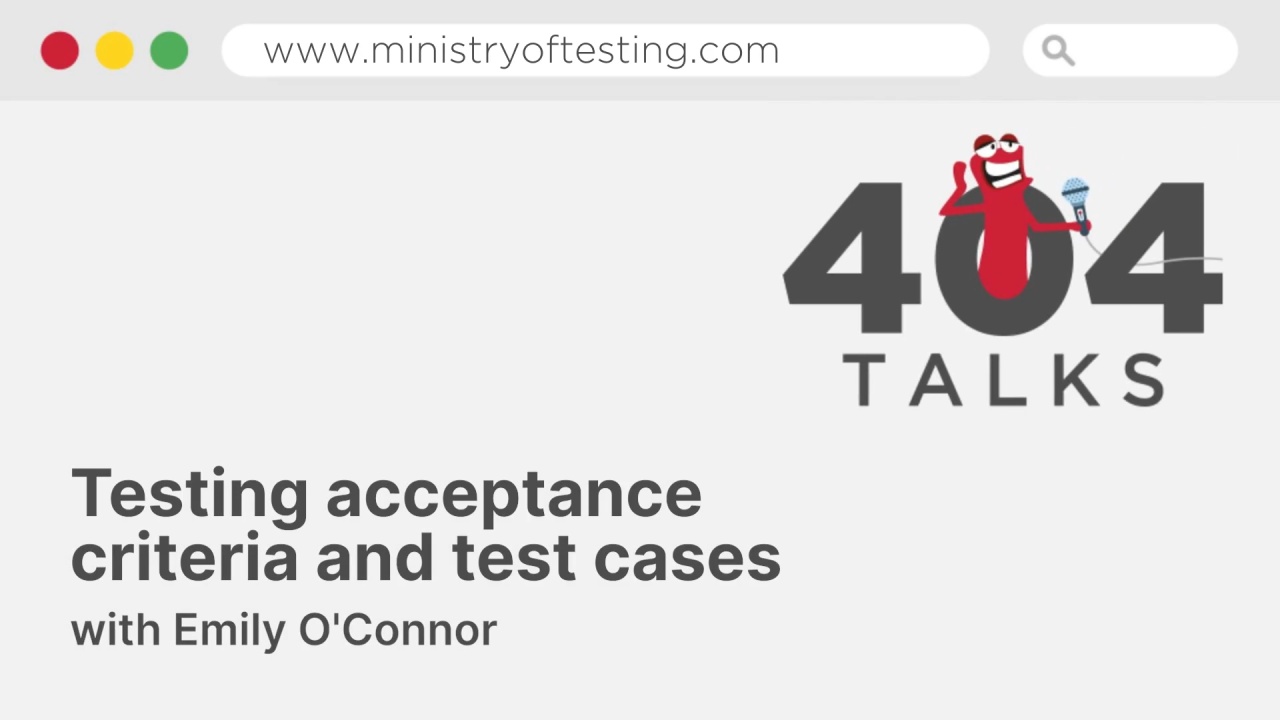Talk Description
In this 404 Talk, Emily O’Connor walks you through a deceptively simple and powerful technique she uses to evaluate acceptance criteria and test cases and come up with alternative scenarios outside of the happy path.
Using the sentence “Mary had a little lamb” as a base, Emily shows how changing each word in the sentence can reveal gaps, assumptions, and edge cases in your acceptance criteria.
- Mary is the actor. The person in the scenario who’s supposed to do something. What happens if Mary becomes Martin, Miriam, or Mario? What assumptions are we making about Mary’s role, permissions, or context?
- Had is the status. How does that affect the state of the system if Mary will have, has, or has not got a lamb? Are we depending on other actors, systems, or timing we haven’t considered?
- A is the quantity. What if Mary had many little lambs? Or no lambs? Or minus one lamb or a decimal lamb? This is where we start thinking about boundary testing and even performance or load testing.
- Little is the characteristic. What do we mean by “little”? What if the lamb is large, pink or soft? What other characteristics are valid or invalid, and how do they affect the acceptance criteria?
- Lamb is the system under test. For Emily, it’s the animal. For others, it might be meat on a plate. Do different people have different understandings of what the system is or how it should behave? What if it’s a different animal entirely, representing another part of the system or a separate feature? And what if you broaden it to livestock to help you consider a whole set of related systems or components?
By working through each part of the sentence, Emily demonstrates how you can explore your acceptance criteria in a new way to challenge assumptions and uncover test cases you might otherwise miss.
This talk is a practical, engaging way to think differently about the words we use and the scenarios we test, helping you come up with a wider range of meaningful and thoughtful test cases.

